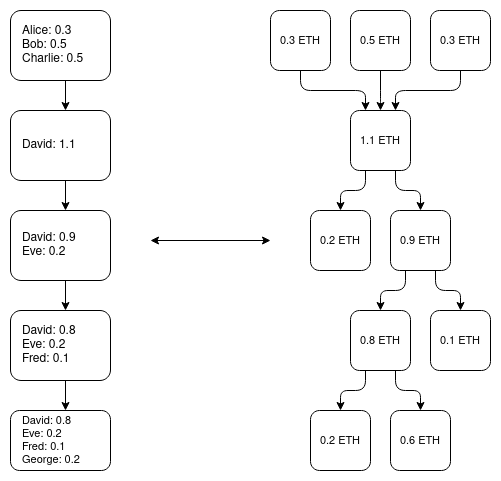Vitalik Buterin, the co-founder of Ethereum, recently revisited the topic of Plasma: a blockchain scaling solution. His latest article dissects the complexity and potential of Plasma, which has caught the attention of industry leaders including Charles Hoskinson, who responded with a contemplative Kermit the Frog GIF.
First introduced in 2017, Plasma is designed to improve blockchain scalability by processing data and computations off-chain, excluding essential elements such as deposits, withdrawals, and Merkle roots. It promised significant improvements in scalability, but was largely overshadowed by rollups due to its limitations, such as high customer-side data storage costs and difficulties beyond simple payment solutions.

Buterin’s thesis revolves around the rejuvenation of plasma, driven by advances in validity proofs (such as ZK-SNARKs). These technological advances could potentially address Plasma’s key challenges, making it more efficient, especially for payments. However, he notes that while a vast amount of assets can be secured through Plasma, it is not a one-size-fits-all solution, especially for complex applications.
The Plasma Chain has an operator responsible for publishing new blocks and sending users to the Merkle branches for their coins. The inherent risk lies in operator misconduct, which requires users to be vigilant and immediately abandon their assets if anomalies are discovered.
Buterin delves into generalizing Plasma to accommodate fungible tokens like ETH and USDC, and discusses technical and economic hurdles. He also discusses the intricacies of adapting Plasma to Ethereum’s Virtual Machine (EVM).
The main takeaway from Buterin’s article would be a renewed view of plasma, considering recent breakthroughs that could revive its usefulness in the blockchain ecosystem. It invites developers and enthusiasts to revisit this once celebrated solution, which despite its limitations, still holds promise for certain applications.

